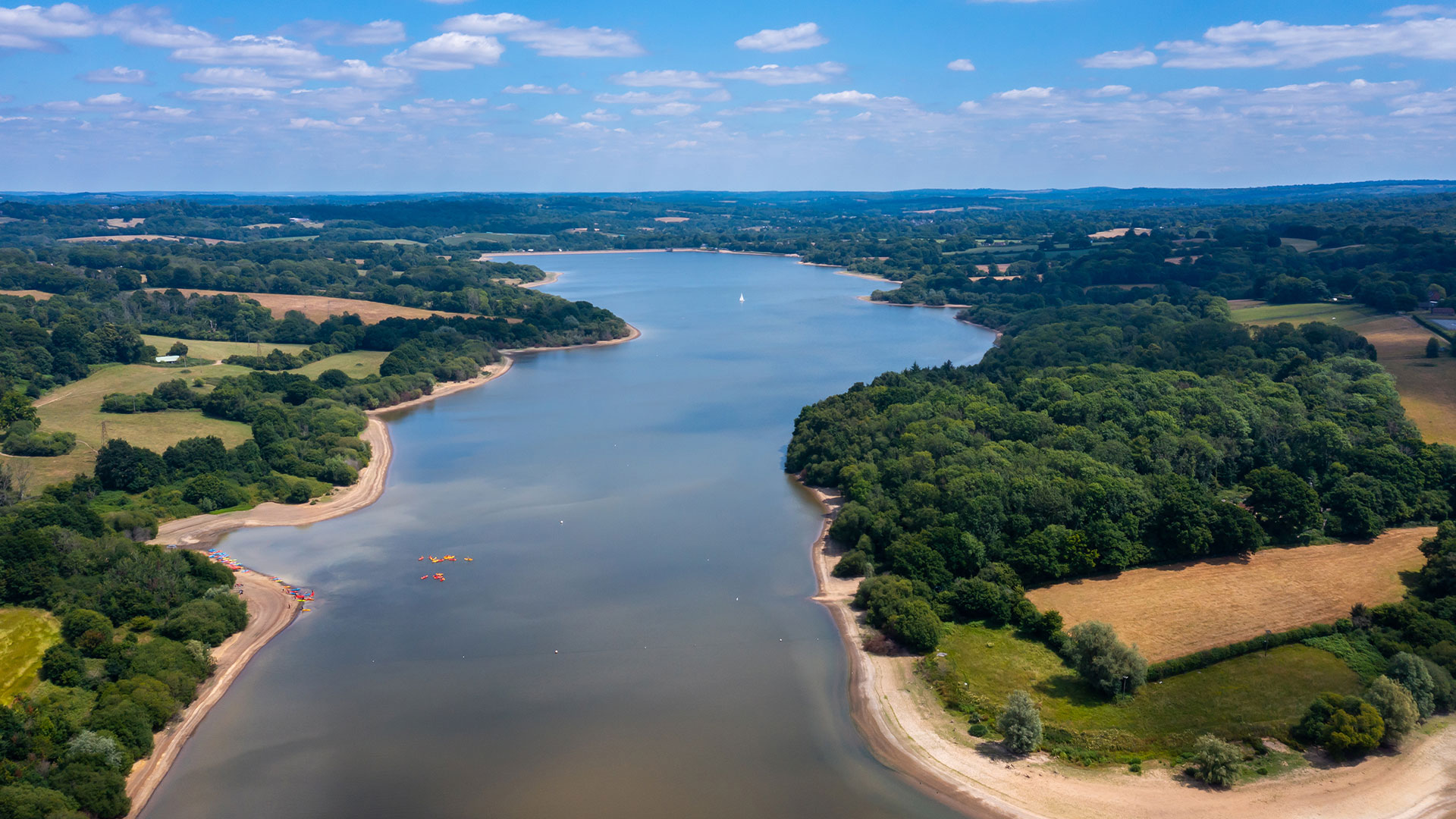Water collection
Firstly, we collect water from reservoirs, lakes, rivers and from underground where it’s found in layers of rocks we call aquifers. Around 70% of our region's drinking water comes from these aquifers.
We provide various building and development services to help you complete your project and get you connected to the network.
Help and resources
We provide a range of commercial services across our region. You can learn more and enquire about them here.
Useful Commercial links
Here you can access all the information you need about our retailer commitment, our policies, using the retailer portal, and more.
Useful Retailer Links
Here you'll find all the latest information on what's happening in our region including our current Pathfinder projects.
Useful Region Links
Here you can learn more about us and our ambitions and the people, organisations and policies that underpin our business.
We provide various building and development services to help you complete your project and get you connected to the network.
Help and resources
We provide a range of commercial services across our region. You can learn more and enquire about them here.
Useful Commercial links
Here you can access all the information you need about our retailer commitment, our policies, using the retailer portal, and more.
Useful Retailer Links
Here you'll find all the latest information on what's happening in our region including our current Pathfinder projects.
Useful Region Links
Here you can learn more about us and our ambitions and the people, organisations and policies that underpin our business.
Find out what's happening in your area,
reported incidents and planned works.
Water is essential to every aspect of our lives. We drink it, cook with it and use it to clean every day. Here you can learn more about our water treatment processes.


Firstly, we collect water from reservoirs, lakes, rivers and from underground where it’s found in layers of rocks we call aquifers. Around 70% of our region's drinking water comes from these aquifers.

At this stage, the water contains a variety of things you wouldn’t want to drink. This can include bacteria, viruses, pesticides and metals that we then remove in the treatment process.

The water then goes through a thorough screening and cleaning process to remove unwanted particles, dirt and debris. Throughout the whole process, we constantly check the water using online monitors to ensure it’s safe to drink. The water is then pumped to storage reservoirs or fed through our 13,959 km of pipes to your taps. We treat over 563 million litres of water each day – that’s enough to make everyone in the UK 33 cups of tea!

Firstly, we collect water from reservoirs, lakes, rivers and from underground where it’s found in layers of rocks we call aquifers. Around 70% of our region's drinking water comes from these aquifers.

At this stage, the water contains a variety of things you wouldn’t want to drink. This can include bacteria, viruses, pesticides and metals that we then remove in the treatment process.

The water then goes through a thorough screening and cleaning process to remove unwanted particles, dirt and debris. Throughout the whole process, we constantly check the water using online monitors to ensure it’s safe to drink. The water is then pumped to storage reservoirs or fed through our 13,959 km of pipes to your taps. We treat over 563 million litres of water each day – that’s enough to make everyone in the UK 33 cups of tea!
Water goes through a lot before it reaches your tap. Watch the video below to discover how we process it into clean, drinking water.
We recycle wastewater from almost two million homes before returning it to rivers and the sea. Follow the stages below to see how this happens.
We're committed to providing greater and clearer transparency about our environmental performance. This includes publishing much of our environmental information online for you to easily view and download.
From historic tours and artefacts to ancient woodlands and tranquil reservoirs, there’s plenty to see and do at our sites in the region.
To reduce storm overflow releases, we need to find new and innovative ways to make our infrastructure more resilient. That's why we set up the Clean Rivers and Seas Task Force in 2021.

